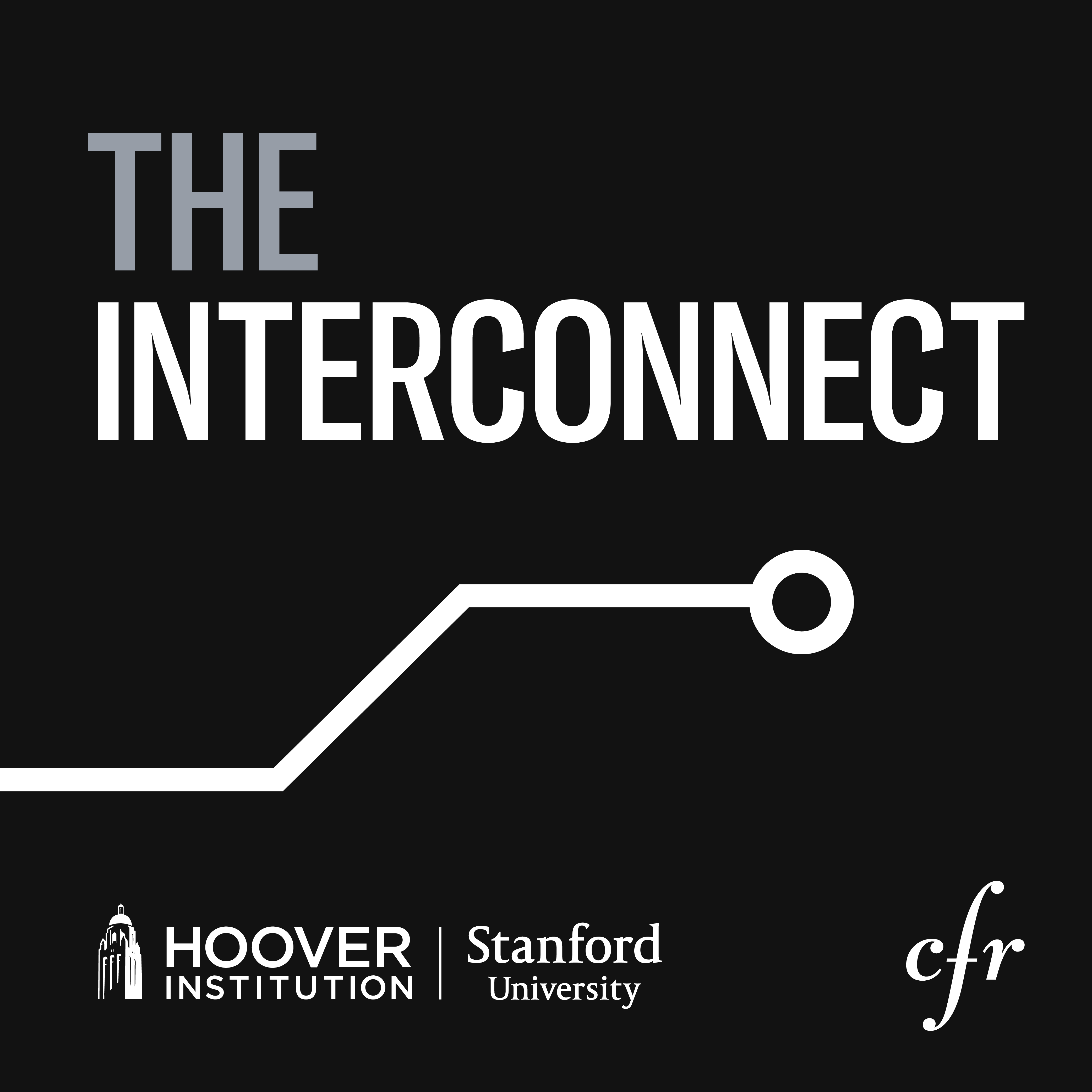STANFORD UNIVERSITY
STANFORD EMERGING TECHNOLOGY REVIEW
Reporting on Key Technology Areas and their Policy Implications
The Stanford Emerging Technology Review helps America’s public and private sectors better understand transformational technologies so that the United States can seize opportunities, mitigate risks, and ensure its innovation ecosystem continues to thrive. The product of a major new Stanford education initiative, its clear explanation of pivotal tech domains, recent developments within them, and what to look out for in the future makes it an indispensable guide to tomorrow’s world.

The Interconnect, a new podcast series from the Council on Foreign Relations and the Stanford Emerging Technology Review, brings together leading minds in cutting-edge technology and foreign policy to explore recent ground-breaking developments, what's coming over the horizon, and the implications for U.S. innovation leadership.
Subscribe for news and updates in regards to the Stanford Technology Review. If you have any questions, please email us at setr-admin@stanford.edu.